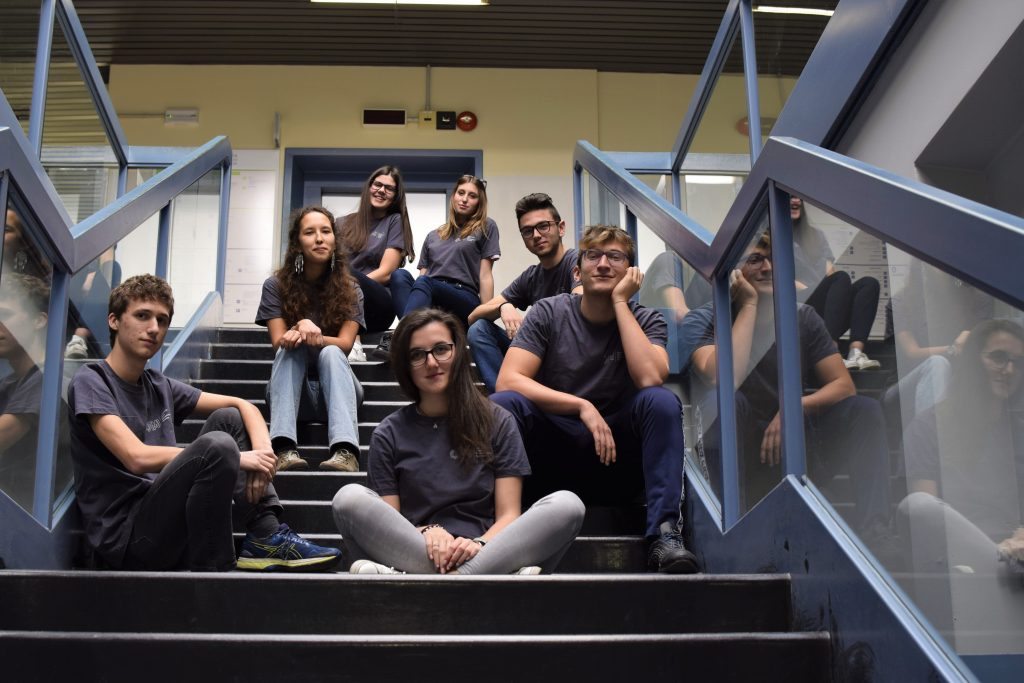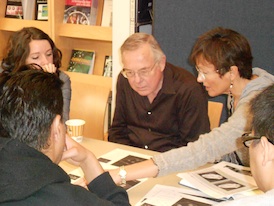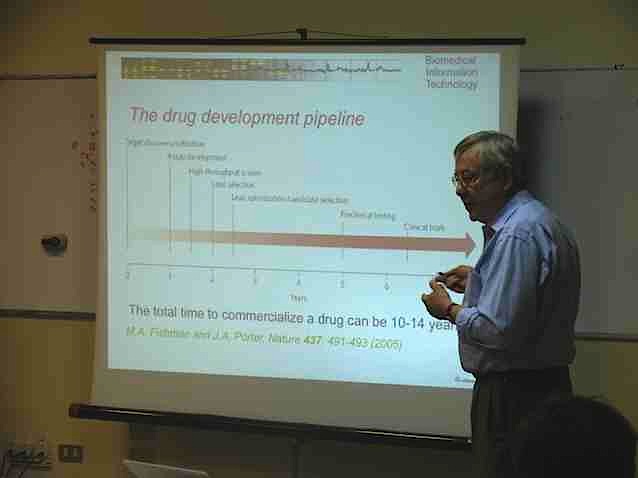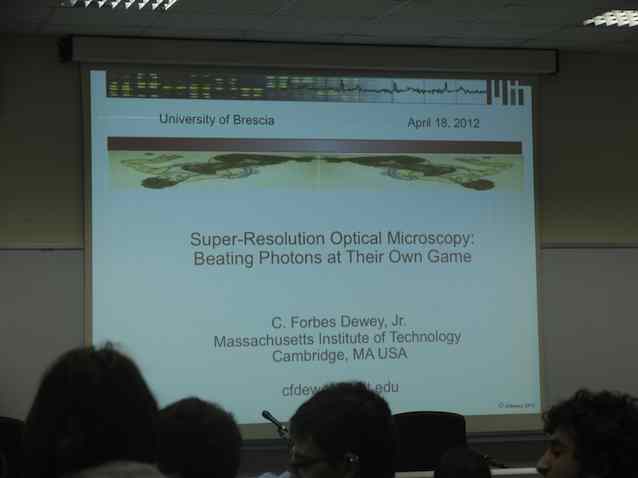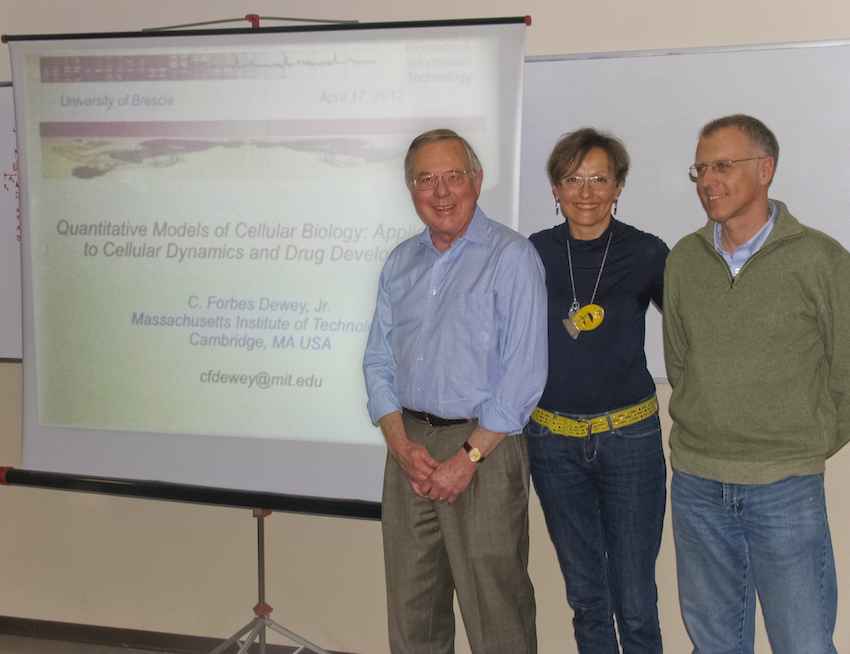The main targets of the project are (a) medical images and (b) biological images. For medical images we would develop new image manipulation and analysis tools, specifically designed for noise detection, image segmentation and 3D visualization on a real time, internet shared platform. For biological images, we would develop image downloading, deconvolution and uploading algorithms specifically designed to extract measurement information from compressed stacks of images over the web in real time.
While software currently exists to do these types of manipulations on medical images and (to a lesser extent) on biological images, it is not easy to use, has an enormous learning curve, is very expensive, and is single-user based in its operation. Our success will open up a very exciting opportunity to make a significant change in the field, bringing image analysis capabilities to many more users and at a cost far below the current price.
The work performed up to now has led to the development of wavelet-based algorithms aimed at fast, transparent, automatic denoising of Gaussian and Poisson affected images, taken from both Wide-Field and Confocal microscopes. We chose the wavelet paradigm because of (i) its ability to elaborate sparse images for denoising, and (ii) its ability to perform image compression. Both denoising and compression represent two key-aspects as far as web-based image transmission, elaboration and multi-resolution are concerned. In addition, we thought strategic to implement the DWT algorithm on the FPGA hardware, to improve efficiency and to make it possible to embed the transformation on a hardware independent platform.


